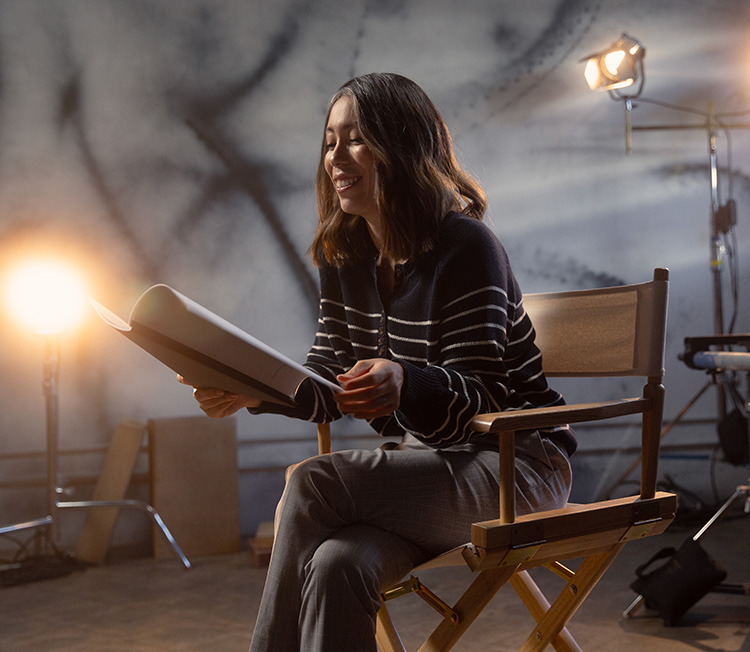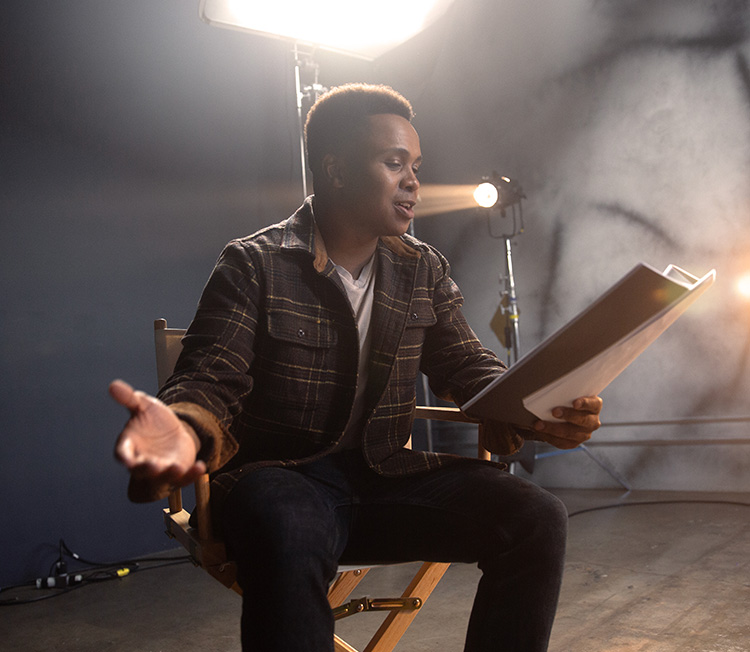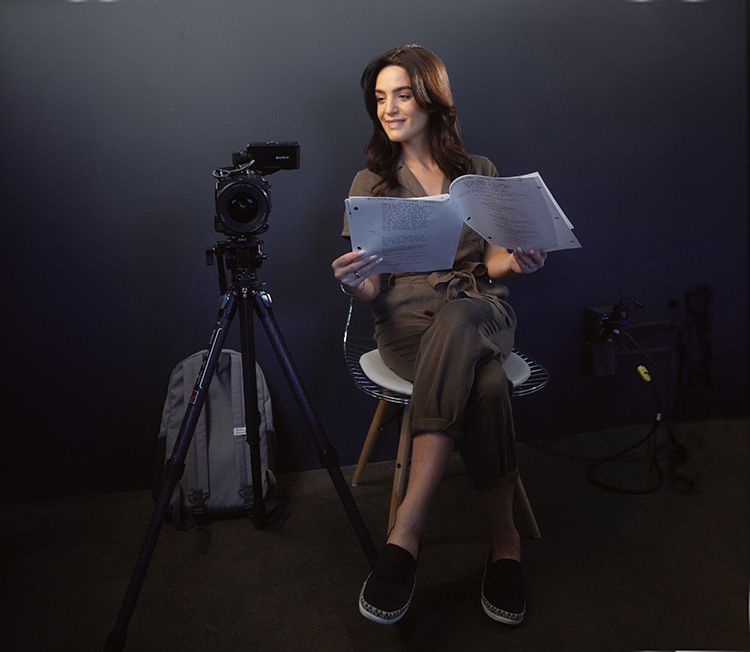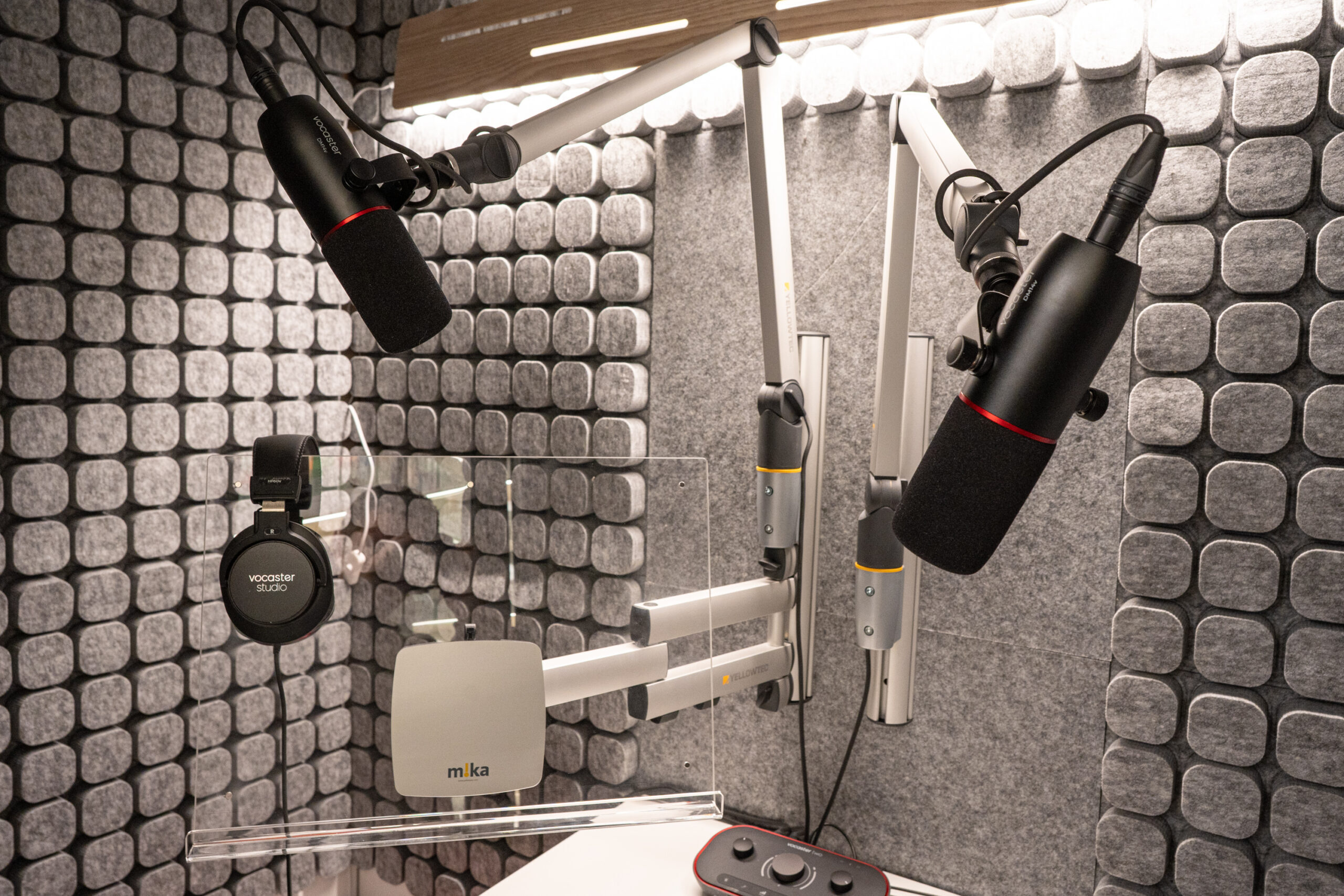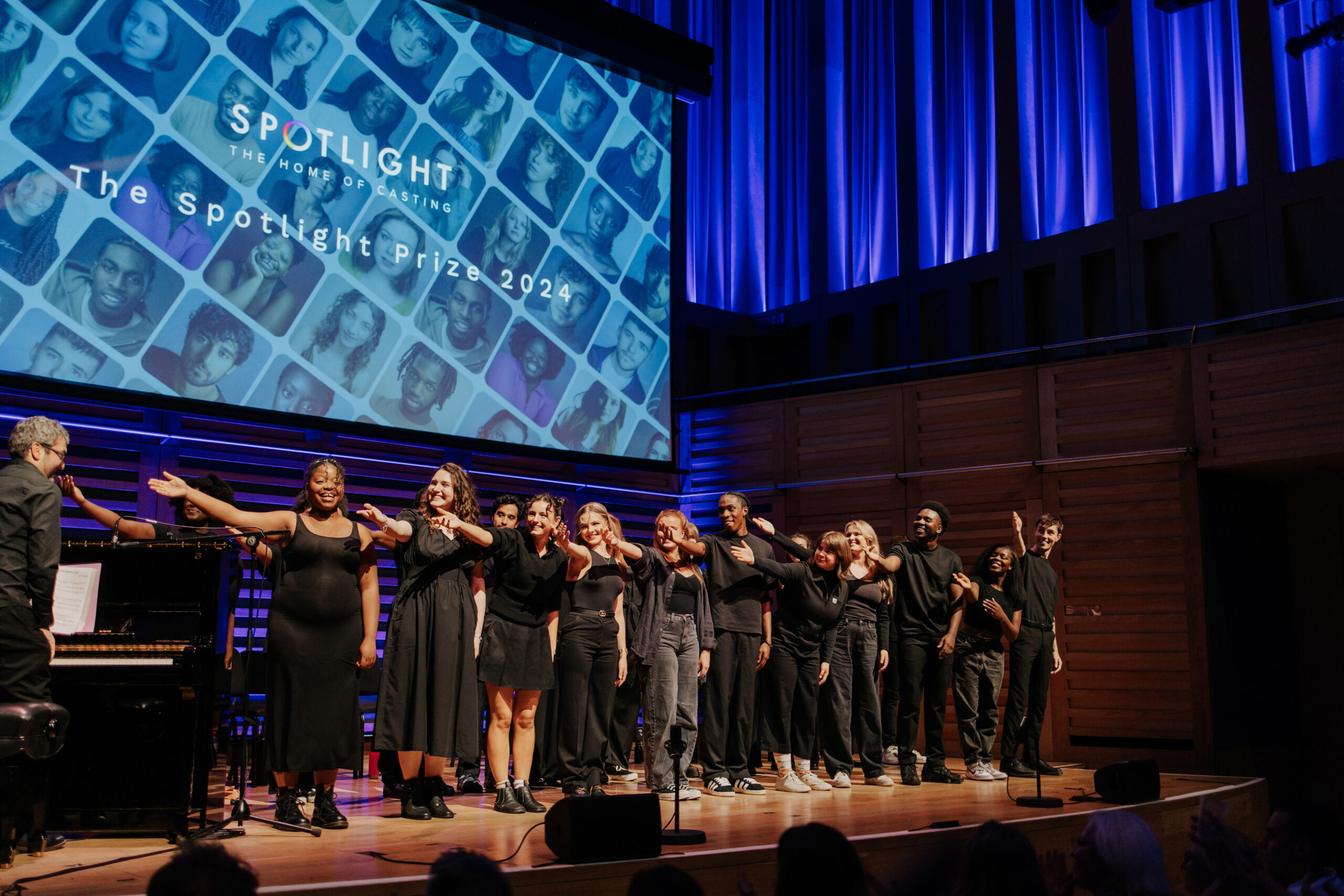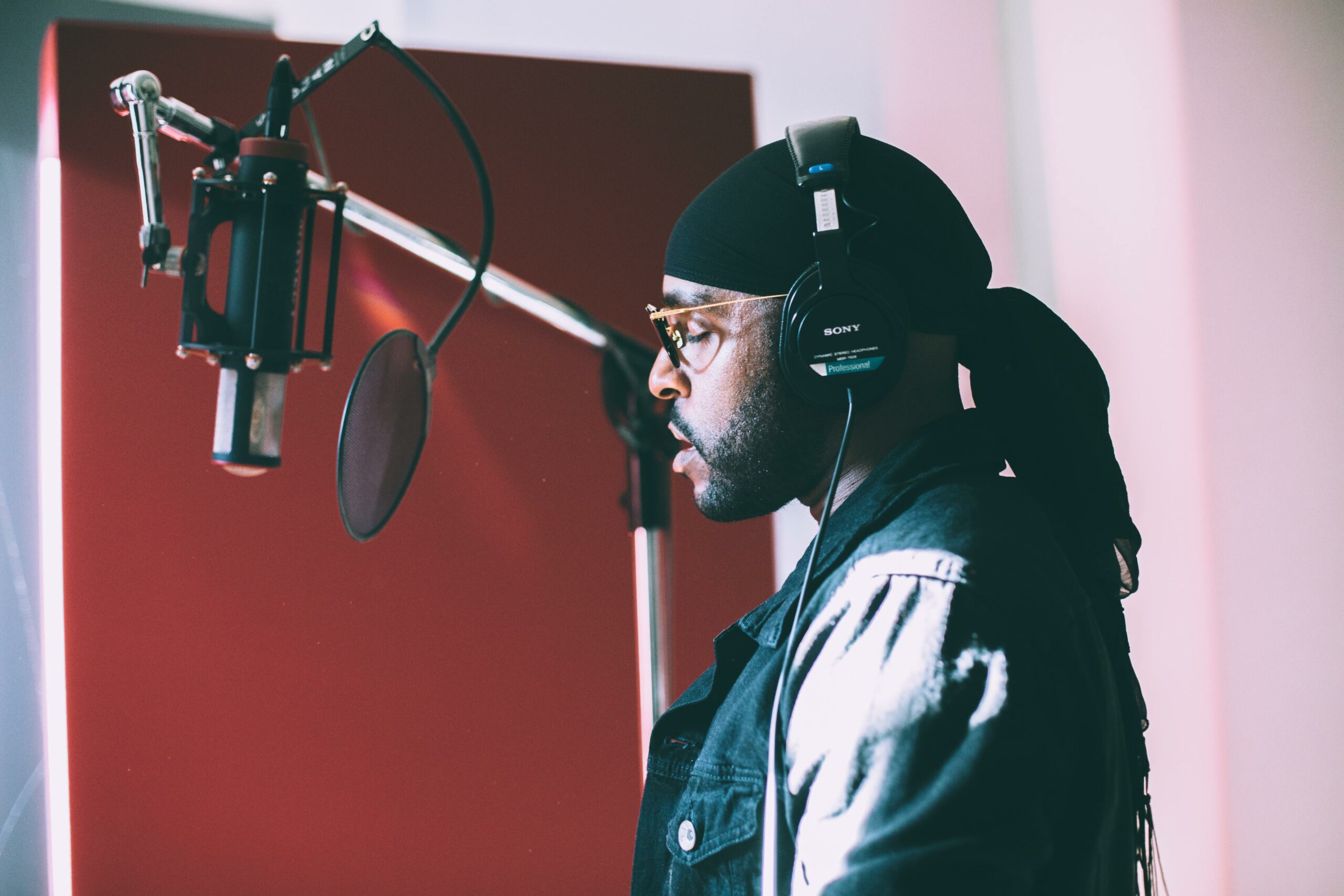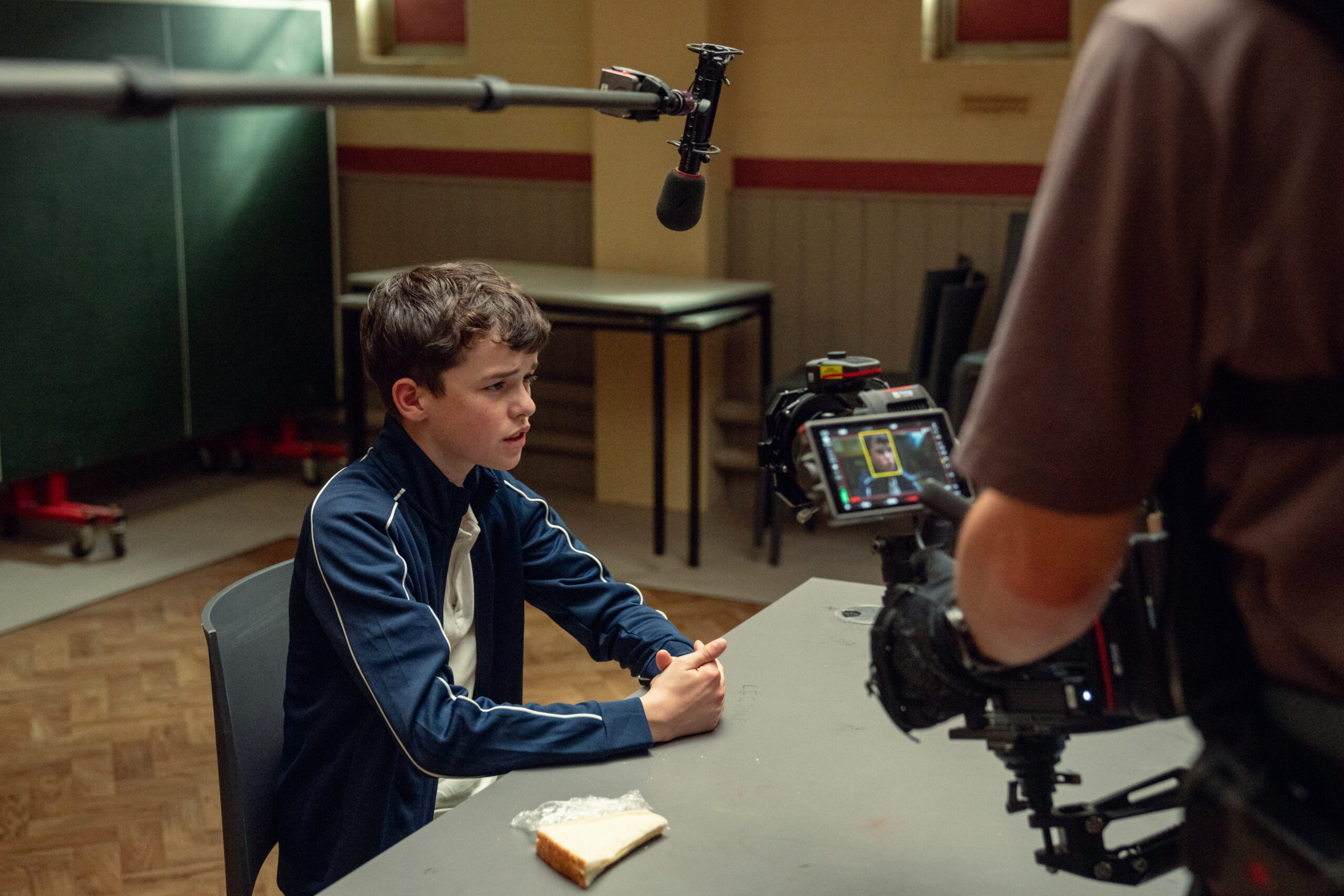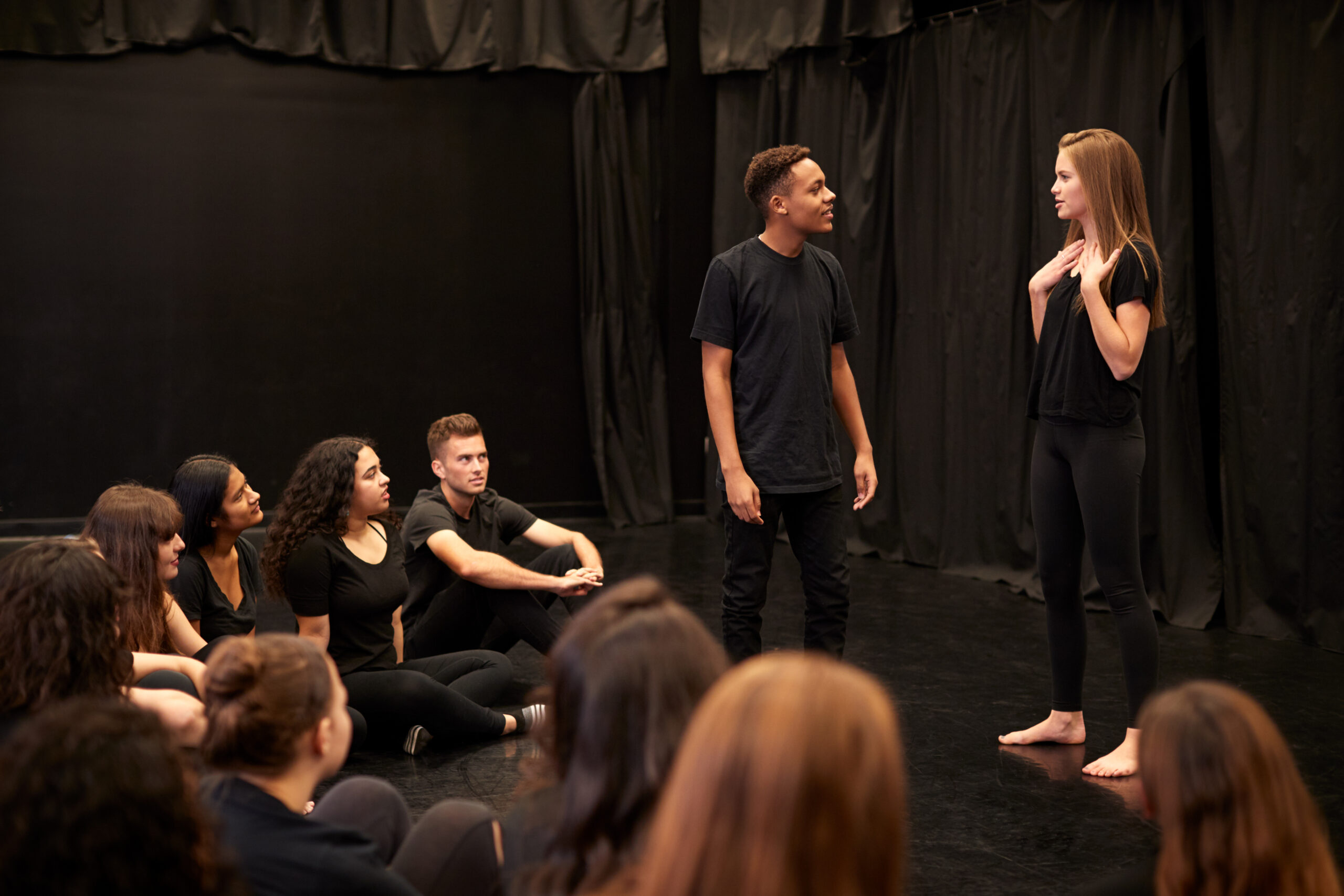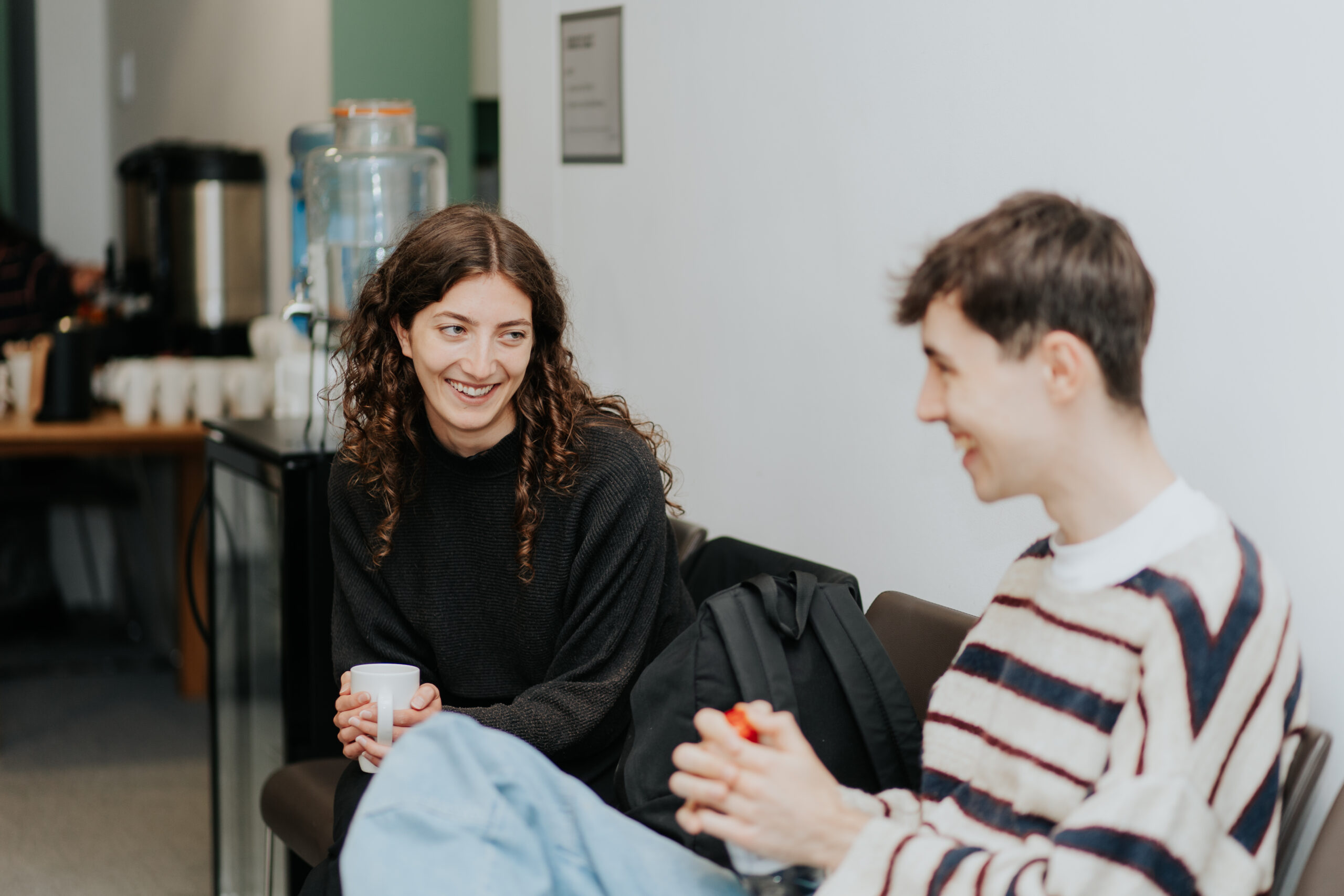Actor, theatre-maker and writer Naomi Joesph explains the different types of verbatim performance and shares her tips on how to get started in verbatim theatre.
Verbatim is a type of documentary theatre constructed from the words of real people responding to a particular theme or a real event. These words might be taken from interviews or testimonials, or even from media or news footage.
Performing verbatim theatre is a rewarding and challenging experience for actors, who often speak of a sense of responsibility and loyalty to the real people that they are playing, and the importance of delivering an authentic performance.
Here are some useful tips and practices for performing verbatim theatre:
Different types of verbatim theatre:
> Headphone verbatim: The actors are fed the recording via headphones and repeat what they hear and the way in which it is spoken. This is also known as recorded delivery.
> Transcribed: Actors read and perform transcripts of recordings or testimonials. In some cases the text might also include fictionalised dialogue.
Getting started with verbatim
> Understand the topic or theme around the verbatim: As with any role, it’s important to understand the context of what you are saying – just make sure you don’t overdo it, as you want to remain objective and non-judgemental of the person you are playing.
> Technique, not type: An actor skilled in verbatim technique has the flexibility to play a wide range of genders and ages. You won’t necessarily get cast solely based on your type. This is liberating for an actor, but remember: your priority is to create an accurate representation of the person you are listening to. It’s not about showing off your range.
Tips for Headphone Verbatim
Actor and theatre-maker Nyla Levy has both performed and created verbatim theatre. Her shows include Different is Dangerous and Normal with a bit of OOMPH! ‘With headphones you are giving the most accurate portrayal of the character,’ she explains, ‘you can’t speed up or slow down. You’re mimicking their voice exactly.’
> Embrace the humanity: People lie at the heart of verbatim, so don’t skip over coughs, sighs or even silences. It’s not about flawless delivery, but a depiction of human nature – body noises and all!
> “Don’t over practice” advises Nyla. “There is a joy in seeing the actors really listening and trying to mimic the voices they’re hearing. If you get overfamiliar, you end up not listening and you can end up speaking to the ‘learned tune’ of how the interview sounds. So listen! That is rule one of acting.”
(If you find, however, that the interviewee is a really fast speaker, it might be useful to practice those so that you aren’t overwhelmed during the performance).
> Sense the Physicality: If the actor is the same person who conducted the interview, then you might remember specific mannerisms or gestures of the interviewee. If this isn’t the case, then you must allow the recording to influence your physicality and movement choices.
Be observant and realise when you are being informed by what you are actually hearing, and when you are inventing character choices.
The great thing about recordings is that you can also pick up sounds like clothing rustling or a seat creaking if someone is fidgeting, so listen for non-verbal cues too.
> Be aware of volume: Nyla explains that recordings can often be quiet or there may be a quiet character in a track with a very loud character, so it’s important to find the balance between what you are hearing and how you are delivering it.
Again, it’s useful to familiarise yourself with these particular tracks so that you can measure your volume and timing well.
> “Ensure your timing works with fellow actors when performing duologues and group pieces” adds Nyla. “Some people have more of a delay between the recordings and when they say it, which means you then have to adjust if you’re coming in after them and they’re still speaking.”
Tips for Transcribed Verbatim
> Learn your lines: You will be off book for transcribed/scripted performances so you can learn the text in the same way as you would with any other play script.
> Characterisation: “It’s a chance for the actor to take on a character and interpret it any way they want,” explains Nyla. “Which is GREAT – and why we love actors because they can enhance the words and really perform them brilliantly.”
Personally, I find this freeing, because it allows me to play with breath, pace and pauses as I don’t have a recording of the exact detail of how the person was originally breathing or speaking.
Whether you are performing recorded delivery or transcripts, it’s important to keep the authenticity of the character and nuance of the performance. “People often throw away things they say,” explains Nyla “but when faced with a text, sometimes you as an actor read really dramatically. It’s mad how different words can be when written down, and how much significance you give them when reading versus the interviewee who said it off the cuff without any thought.”
I find it useful to practice the transcript in extreme ways to get it out of my system. For instance I might do one very melodramatic read, one very minimalist read and one comedic read. It’s a great warm up exercise to get your voice and body moving but it’s also helpful in scaling your performance so that it is natural and believable.
 Naomi Joseph is an actor, theatre-maker and writer. Naomi’s work includes ‘Criteria’, an award-winning spoken word short about cultural identity and bereavement. ‘Criteria’ is available to watch now on Vimeo. Its companion piece ‘Motherland’ is a dark comedy theatre show which played at various festivals across the UK.
Naomi Joseph is an actor, theatre-maker and writer. Naomi’s work includes ‘Criteria’, an award-winning spoken word short about cultural identity and bereavement. ‘Criteria’ is available to watch now on Vimeo. Its companion piece ‘Motherland’ is a dark comedy theatre show which played at various festivals across the UK.
Headshot photographer: Robert Boulton
Main Photo by Joel Muniz on Unsplash

